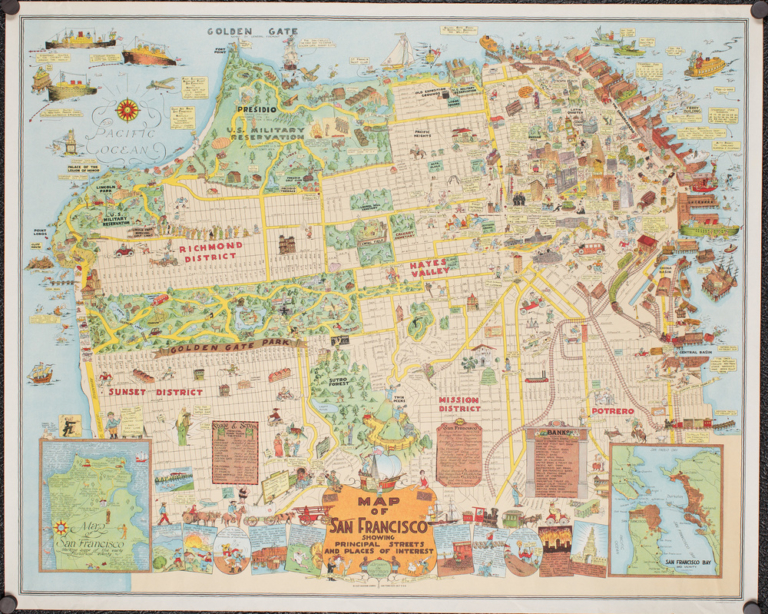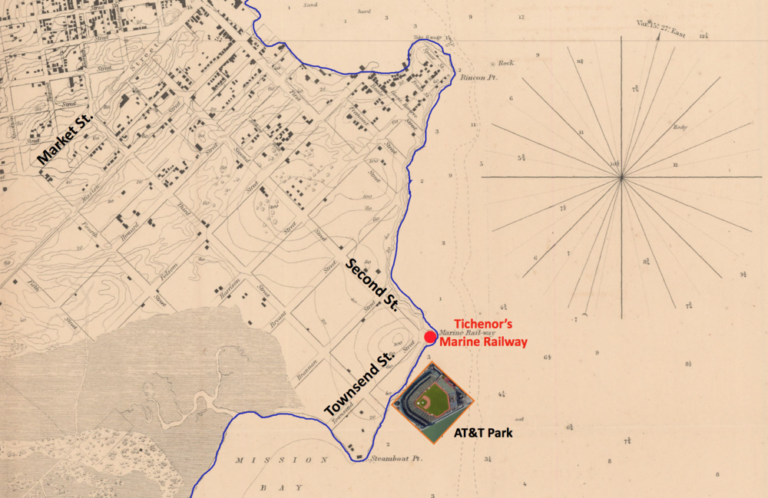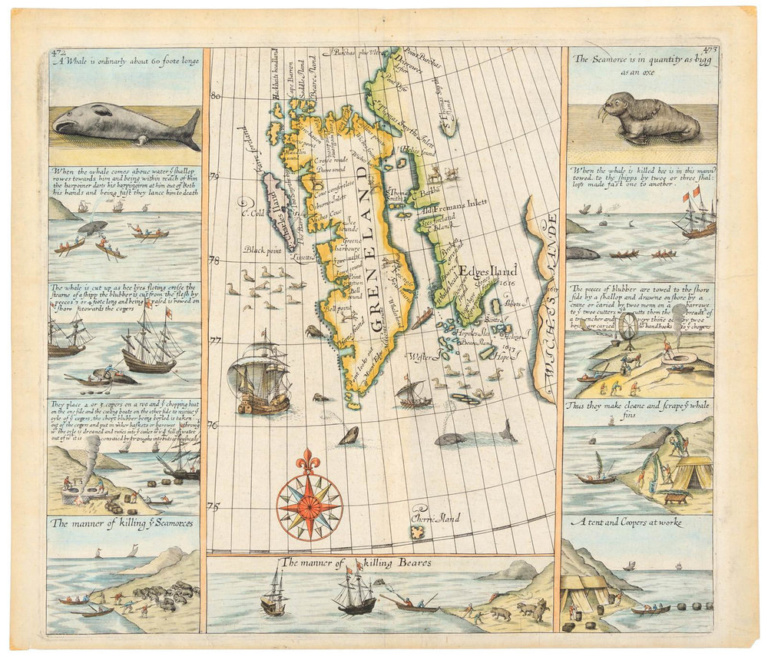In the 15th and 16th centuries, the small city of Ferrara was one of the most important centers of art and scholarship in northern Italy. Chief among the many significant patrons during this period was Ercole I d’Este, duke of Ferrara from 1471 to 1505.
Ercole’s reign came at a time of expanding European understanding of the extent of the world and no place was more at the forefront of exploration, navigation technology, and mapping than the Iberian peninsula. The rest of Europe coveted the sea charts and maps of Spanish and Portuguese cartographers, which were the best of the day, but also kept the most secret. Ercole instructed his ambassador to the Portuguese court, Alberto Cantino, to acquire a map based on Portuguese sources. Cantino smuggled to Ferrara a giant map (1.05 m x 2.2 m; 3.4 ft x 7.2 ft), from an anonymous Portuguese mapmaker likely working at the House of India in Lisbon between 1501-2, probably a copy of an up-to-date official map. The result is the so-called ‘Cantino Map,’ one of the most celebrated cartographic achievements of the Renaissance.
Like many of the works of art produced under the patronage of the House of Este, the Cantino Map eventually ended up in Modena; its permanent home today is the Biblioteca Estense Universitaria there. Thus it was to my great surprise that while visiting a recent exhibition at Palazzo Diamanti in Ferrara on Orlando Furioso, I turned a corner and there it was on display. I had seen it so many times in books – it is invariably in almost every “Greatest Maps” book – that the sight stopped me where I stood.
Here we have the expanding world plotted by connecting wind roses, one of the earliest depictions of the voyages of Christopher Columbus and Vasco da Gama’s new maritime route to India. We see too the Portuguese mastery of the waters around the African continent and Indian Ocean, with coastal detail decades or more ahead of other European powers. With Ptolemaic mapping elements like the Mountains of the Moon as the source of the Nile, pictorial cities like Jerusalem, the tropical birds of South America, and more, it is easy to get lost in the details of this exceptional treasure.
Please enjoy some photos I took.
[sp_wpcarousel id=”2700″]



